johndunlop1980
Well-known member
Hi There,
In my endeavour to hit a life list of 200 before the end of the year (with 17 species still to see), I’ve come to Troon Harbour to see if I could get sight of the recently reported Purple Sandpipers. I’ve taken some blurry photos and due to visibility the colour of the legs and beak aren’t very clear so I’m a bit unsure as to whether I’ve got them or if it’s a pair of Dunlin I’m looking at. If it’s Dunlin, could someone please explain what I’m looking for in terms of differences other than the legs and beak colour? I’d appreciate any help at all, thanks.
In my endeavour to hit a life list of 200 before the end of the year (with 17 species still to see), I’ve come to Troon Harbour to see if I could get sight of the recently reported Purple Sandpipers. I’ve taken some blurry photos and due to visibility the colour of the legs and beak aren’t very clear so I’m a bit unsure as to whether I’ve got them or if it’s a pair of Dunlin I’m looking at. If it’s Dunlin, could someone please explain what I’m looking for in terms of differences other than the legs and beak colour? I’d appreciate any help at all, thanks.
Attachments
-
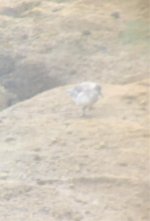 3CEA7129-E79B-4D39-8FE4-13E7841F739C.jpg48.9 KB · Views: 113
3CEA7129-E79B-4D39-8FE4-13E7841F739C.jpg48.9 KB · Views: 113 -
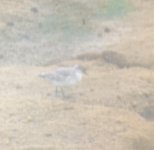 1C6692B4-5146-4678-B15E-52668FE1CA24.jpg56.1 KB · Views: 127
1C6692B4-5146-4678-B15E-52668FE1CA24.jpg56.1 KB · Views: 127 -
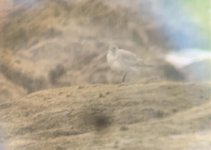 7E92320D-1A98-4665-93CE-310F8E137B36.jpg86 KB · Views: 102
7E92320D-1A98-4665-93CE-310F8E137B36.jpg86 KB · Views: 102 -
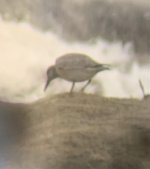 C001BFD8-D313-4848-9417-A1820FA05807.jpg75.6 KB · Views: 183
C001BFD8-D313-4848-9417-A1820FA05807.jpg75.6 KB · Views: 183 -
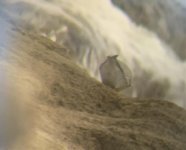 A9FBF1D5-2BDF-413A-BF04-4272D87B9429.jpg113.4 KB · Views: 95
A9FBF1D5-2BDF-413A-BF04-4272D87B9429.jpg113.4 KB · Views: 95







